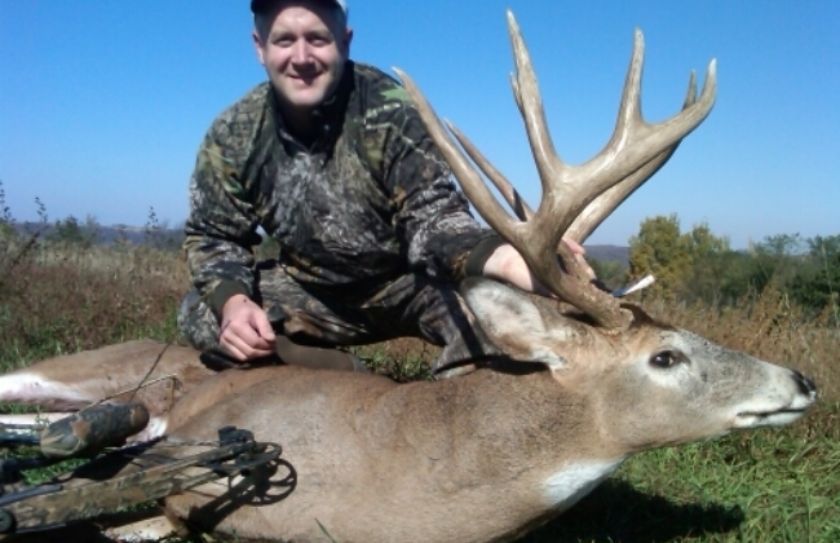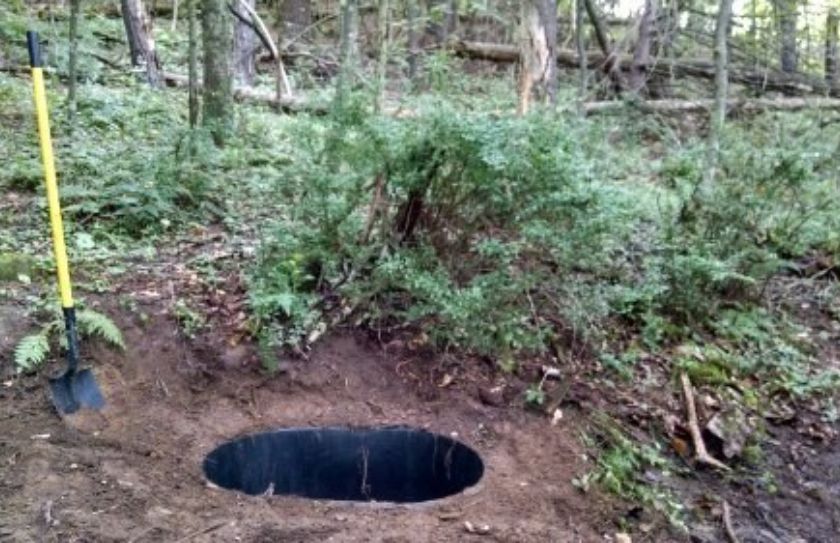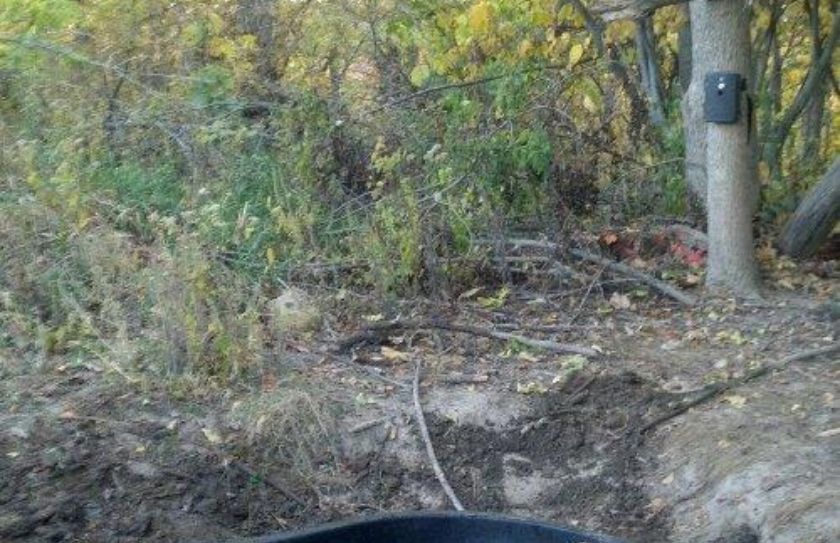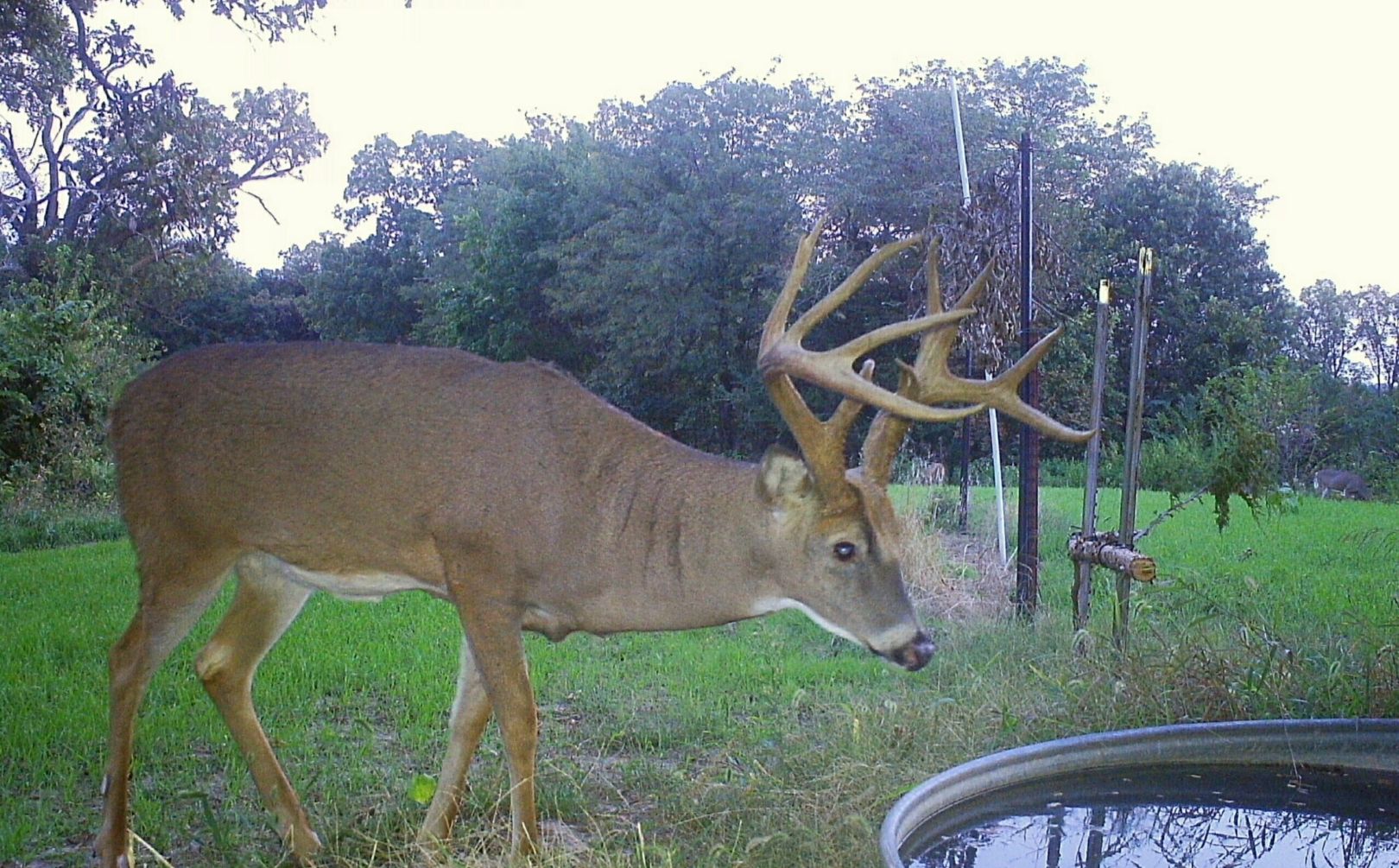
Do you have any water for deer on your land? If not, an incredible opportunity awaits if you follow the #1 rule of waterholes. However, if you already have water, does it follow that same, #1 rule?

*Deer need food too, so don't forget to check out my trilogy of Advanced Whitetail Strategy books, including my food plot strategy book,"Food Plot Success by Design".
The Golden Rule Of Water For Deer:
The most important rule for waterhole placement includes the potential for both awesome power and unfortunate weakness, as it relates to ultimate level of attraction for deer. What is the #1 rule? Bowshot Placement. Just like a food plot, deer bedding area, mock scrape, mineral station, deer travel corridor and any other whitetail habitat improvement; your whitetail creation is only as good as the location that you choose to place it within. Any water source for deer, if possible, should be placed in a location that allows you to highly define daily deer usage, in front of a bow stand. If your water source location allows you to slip into and out of a nearby stand that is located between bedding and feeding areas, without spooking either, you have accomplished the majority of the equation. However, if your waterhole is placed in a location that pulls deer into unhuntable portions of your land, you are most likely missing out on the extreme level of power that a water source for deer can deliver.
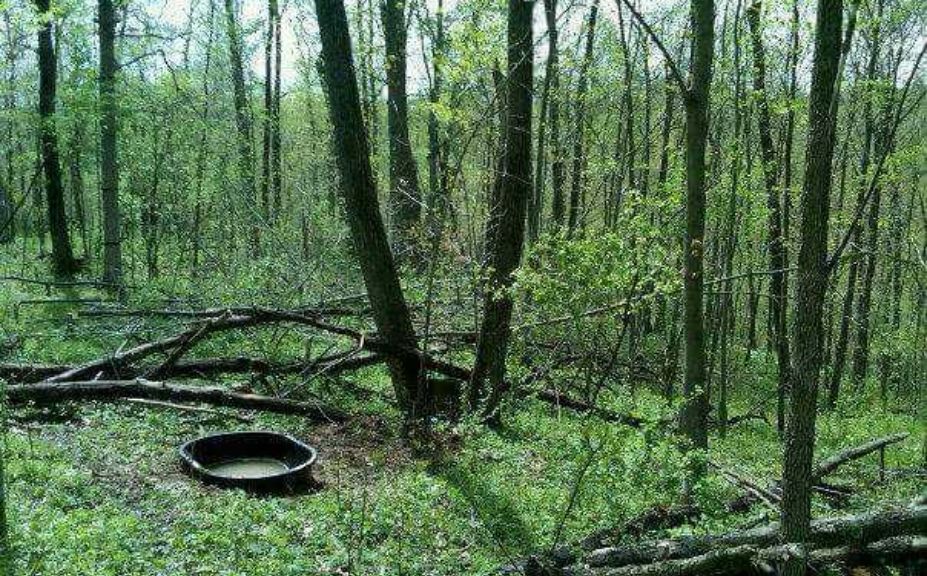
*In 2011, we used a water source for deer in this location, to create the harvest of a 174" 5 year old monster only 5 months later. The bedding area located on a bench below the treestand and the food plot that began roughly 150 yards away, combined to provide the perfect location to enhance with water. Would you like to offer some water for deer? Try reading, "5 Steps To An Easy Deer Waterhole".
Do Deer Need Water?
How often a deer actually needs to take a drink may be debateble, but one thing is for sure: Deer do not necessarily need to drink water on a daily basis. Much of the water requirements for a deer are met within the moisture content of the forages that they consume. So, although adding water to an unhuntable food plot, back yard of a cabin or potentially other locations that do not allow for predatory hunter access can sound like a great addition to the local deer herd, you may be hindering your hunting efforts. Why? Because deer can ultimately be pulled away from your bowstand, and not to your bow stand. When using water for deer within an overall whitetail habitat design on your land, you can end up fighting an uphill battle if deer are constantly being pulled in the wrong direction.
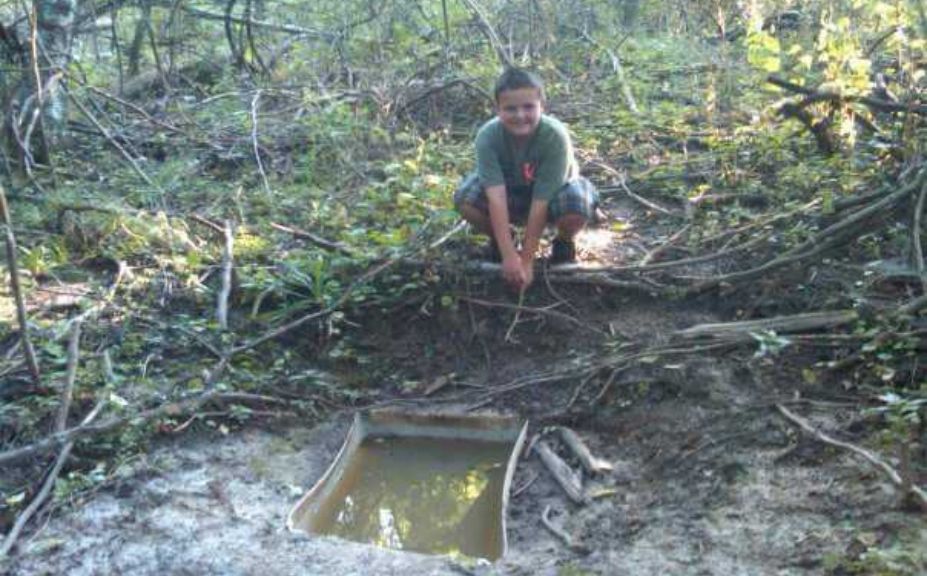
*In the mid 2000s we began the journey of creating waterholes for deer. Even our early tanks that consisted of a plastic 55 gallon drum cut lengthwise, did the trick!
5 Easy Steps For A Waterhole:
1.Find the right location
2.Using your desired size of tank, dig a hole to fit the tank so that the top of the container is below ground level. This will insure adequate natural filling of the tank and if you install the tank into the side of the ridge, you can create small ditches to help self-fill. Of course, self-fill is always best!
*You will have to figure out if digging a tank completely into the ground is the best tactic in your area. Although installing an easy whitetail waterhole at ground level will never hinder your efforts, it is a lot of work! Let the amount of hunting pressure in the area be your guide. If you are located in a low-pressure Iowa setting as pictured above, then you can easily get away with a metal stock tank placed on the ground. On the other hand, if you are in a high-pressure Southern MI setting, the most naturally appearing waterhole that you can create is critical to your success.
3.Fill 1/4 to to 1/3 full of soil. This will allow for natural mineral/soil flavoring and scent.
4.Fill with water, if you canand place a stick within the tank to allow critters to escape.
5.Use the soil that you shoveled to back-fill around the tank for a tight, finished and most natural look.
*The perfect waterhole is not-so-perfect unless it is located in the perfect location.
Using Water To Move Deer:
A water source can be one of the most powerful tools for your herd building and hunting efforts! Do you have dry bedding areas that serve to hold deer that later travel to high quality food sources on your land? Then using water for deer between your bedding area and your food source can create one of the best stand locations on your land, for the potential of daytime mature buck travel. Deer do not like to travel out of the way, so by placing a waterhole directly in line with their daily afternoon movements, you can create the opportunity for a huge level of success. Also, cruising bucks seem to crave water within dry parcels, so positioning a water source within traditional cruising funnels can offer precision movements in front of your bowstand. What is the best location? When you can combine the aspects of both cruising bucks and the afternoon food source movements, into one.
Conclusion:
Whether you have water or not, make sure to carefully consider the placement within your overall habitat and hunting design. Are your waterholes within easy bowshot of one of your favorite treestands? If not, give it a try, because you have the potential to tap into one of the most powerful whitetail habitat and hunting tools that you possibly can; if, you follow the #1 rule!
